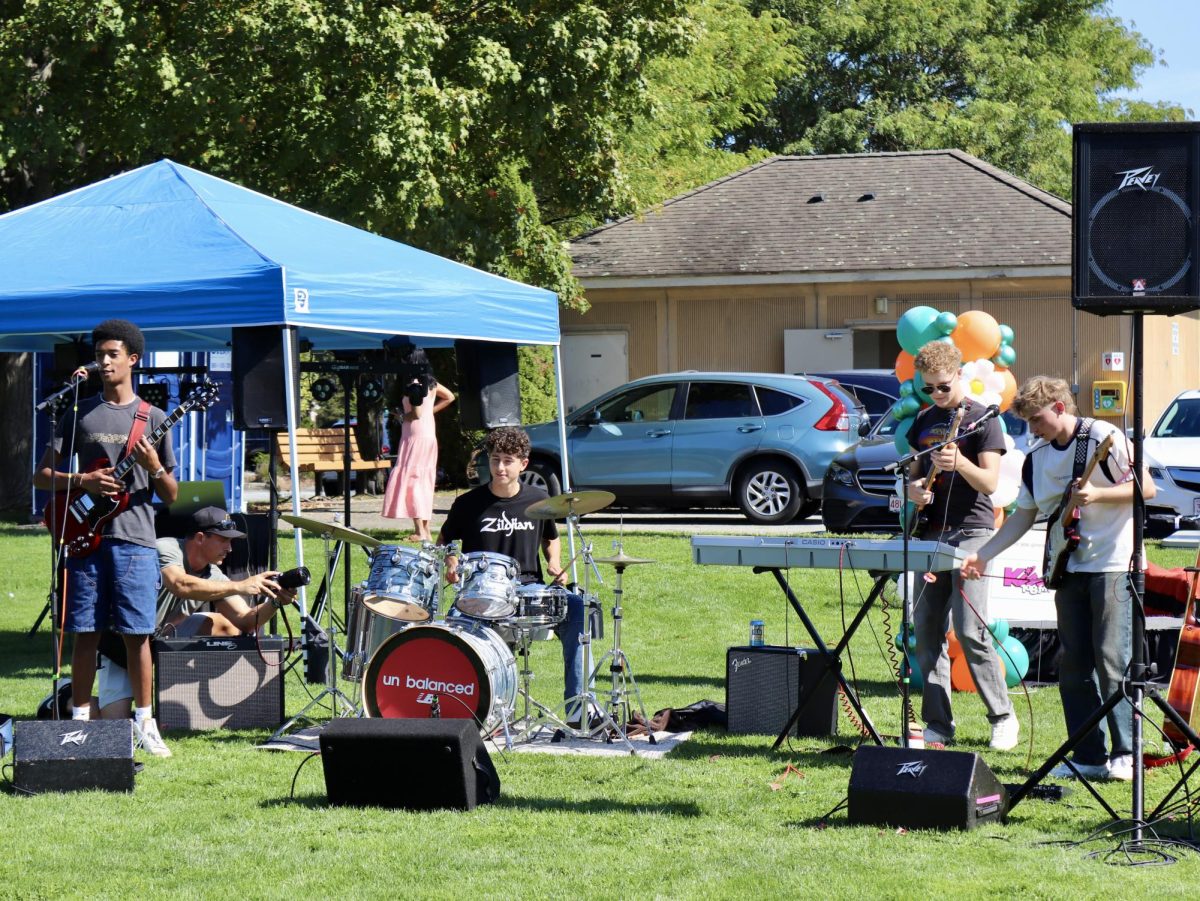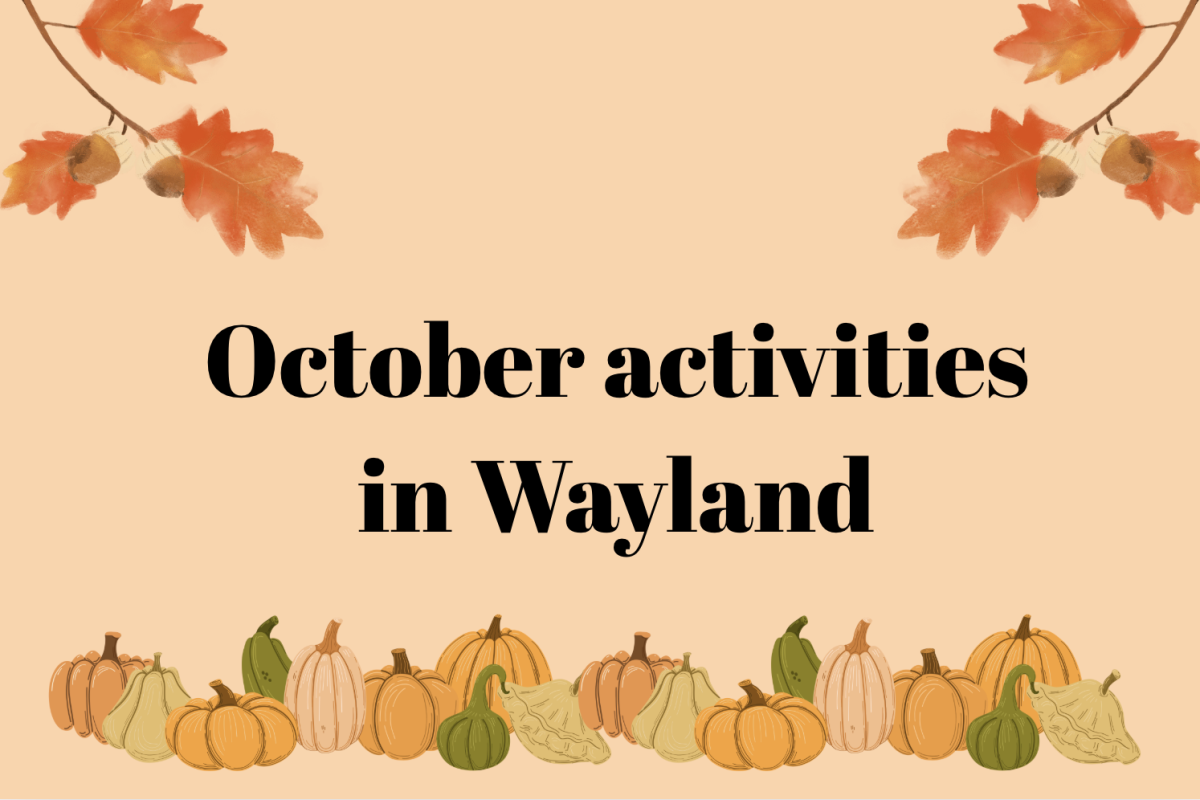Massachusetts has been incredibly vulnerable to fires this fall due to the high winds and lack of rain that have been ravaging the state. As of Nov. 13, there have been 258 reported wildfires in the state of Massachusetts. This number is alarmingly above the average of about 21, raising concerns among first responders dealing with these crises.
This week’s rainfall is not expected to completely curb the issue because of how unusually strong the droughts have been.
“I’ve been in the fire service for over 30 years, and I’ve honestly never seen a year like this in terms of being this dry so late in the fall,” Wayland Fire Chief Neil McPherson said.
Currently, Massachusetts is battling an aggressive period of dryness and high winds, which not only act as a transit system for fires, but also restarts flames that had been thought to be put out. The Sherborn Fire Department has recently dealt with multiple fires that had been visibly put out and then reignited again by a couple of embers the wind had transported. The ease with which these fires reignite is another reason a couple days of rain may not be enough to reverse the damage.
On top of the winds, the state has gotten about a quarter of rain during the month of November, drying up bodies of water and forcing mandates to be put in place in an effort to conserve water. Lack of rain results in the exposure of more flammable brush and debris, which, in addition to the lack of moisture from dried up rivers and ponds, help fires spread farther and faster. The dry season also can allow some fires to spread underground below the surface level.
“Everything is so dry, and these fires are burning very deep because there’s just no moisture, unlike other years,” McPherson said.
Middlesex County is currently included in the severe drought area of Massachusetts, meaning it has a high risk of fast spreading wildfires that can do irreversible damage to the community. This fiscal year, the Wayland Fire Department in particular has received 2571 emergency calls, and responded to 10 building fires, including two major structure fires. In total, there will have been $2,227,000 worth of damage in 2024, which is about a 130% increase from the damage in 2023, which totaled to about $480,079. In times like these, it is crucial for firefighters to update their training so that the department is properly prepared to take on these emergencies.
“You have to continue to train to be prepared,” McPherson said. “We need constant training, constant practice and constant analysis of how effective we are when we do things. [We] also talk about them after we’ve gone to calls.”
Fire risks are constantly evolving, whether it’s through changes in manufacturing like solar panels or electric cars, or alterations in the overall structure and topography of the land. For a fire department to be at its most efficient, it needs to take these changes into consideration and constantly update their strategies and training tactics.
“If we’re not trained on the current hazards that we face, we are not prepared,” McPherson said.
When firefighters analyze their experiences and educate themselves about changing threats, and communities learn how their actions can create risk of a fire and the proper steps to take if they are in that emergency scenario, the town enriches itself in education that is crucial to the prevention of fires.
“We do public education for the elderly and public education for the schools,” McPherson said. “We try to work with some of the businesses in the community to help educate them, and we do a lot of fire prevention work.”
The Wayland Fire Department runs two grant programs, Student Awareness of Fire Education (SAFE) and Senior SAFE, that are designed to teach all members of the community about fire safety and what we can do to prevent and reduce the impact of fires in our town.
“We’re trying to educate the students and the children and the seniors in this community so they recognize a hazard,” McPherson said.
These efforts are reflected through the reactions town members have towards fire related emergencies. For example, in February of 2017, a 5th grader woke up to the smell of smoke, quickly discovering a fire burning through the deck of her house. All elementary schools in Wayland had undergone a SAFE education activity, which taught students what to do in an emergency situation like that. The student was able to use what she had learned in that lesson and alerted her parents, who were able to get everyone out of the house safely.
By learning the proper reactive steps in an emergency situation, the 5th grader was able to take action and successfully alert the people she needed to without getting hurt.
“[Responding in emergency situations] is what we’re trying to teach them,” McPherson said. “We’re trying to help them understand what they need to do to try and mitigate or lessen whatever that problem or emergency is going to be.”
The fire department is implementing these educational measures this season by trying to spread the message about the potential disastrous effects a dry season can have on the community. Currently, the town has issued an outdoor burning ban, meaning that open outdoor flames are absolutely prohibited, as well as fires in fire pits, chimneys and outdoor fireplaces.
“There are burning bans in many of the communities in Massachusetts because that risk is so high,” McPherson said.
The average annual number of wildfires in Massachusetts is 15, which makes this year’s 200 recorded fires extremely concerning, especially because the majority of the fires are coming from this season in particular. The fall season leaves behind a plethora of leaves from trees that, in dry seasons, are great places for fire to brew. This means that wooded land and areas with lots of leaf debris are at high risk. Wayland is incredibly fortunate to be surrounded by wooden land and conservation reserves, but that also means the town has the responsibility to protect it from being destroyed, especially by community members’ own actions.
“We have a lot of wildland and we have a lot of woods, and unfortunately, once a fire gets going in that area it creates all sorts of issues for [the fire department],” McPherson said.
Outdoor burning is the most prominent cause of wildfires in our area, and although there is a burning ban in place, not all members of the community are following it.
“The bottom line is, outdoor burning has been a big problem,” McPherson said “Some of the challenges that we’re seeing, even as recently as this week, is that people are burning illegally in their yards, especially brush.”
Because of the dry season, there is an increase in abundance of brush, which is extremely flammable and ideal for the spread of fire. While the prohibition of all outdoor burning may seem excessive to some town members, it is extremely important these rules are followed to the nature and severity of wildfires in the area.
Of the 200 recorded fires in Massachusetts this year, a significant amount of their origins can be traced back to human activity, which highlights the importance of implementing the rules issued by fire marshals. Currently in Wayland, town members are asked to not light any form of outdoor fire, and extinguish smoking materials in ash trays with water and sand, instead of stubbing or tossing them out. The fire department also urges people to be careful with outdoor electrically powered devices such as lawn mowers, leaf blowers and all-terrain vehicles, because the engines could potentially ignite leaves or brush they’re in proximity to.
“We’re just asking [the community] to cooperate by not having any type of open flames on the outside,” McPherson said.
Currently, there is no immediate relief in sight due to the lack of rain and high winds, which is why, for the sake of the firefighters and the community, it’s critical to educate oneself about these guidelines and follow through with them. The best way to preserve the serenity of Wayland and reduce harm is by recognizing this problem and listening to the precautions the fire department is setting.
“People really just need to recognize that this risk is an extremely high red flag and understand outdoor burning is a big problem,” McPherson said.
More information about the nature of these fires and details on how one can help can be found here.




























